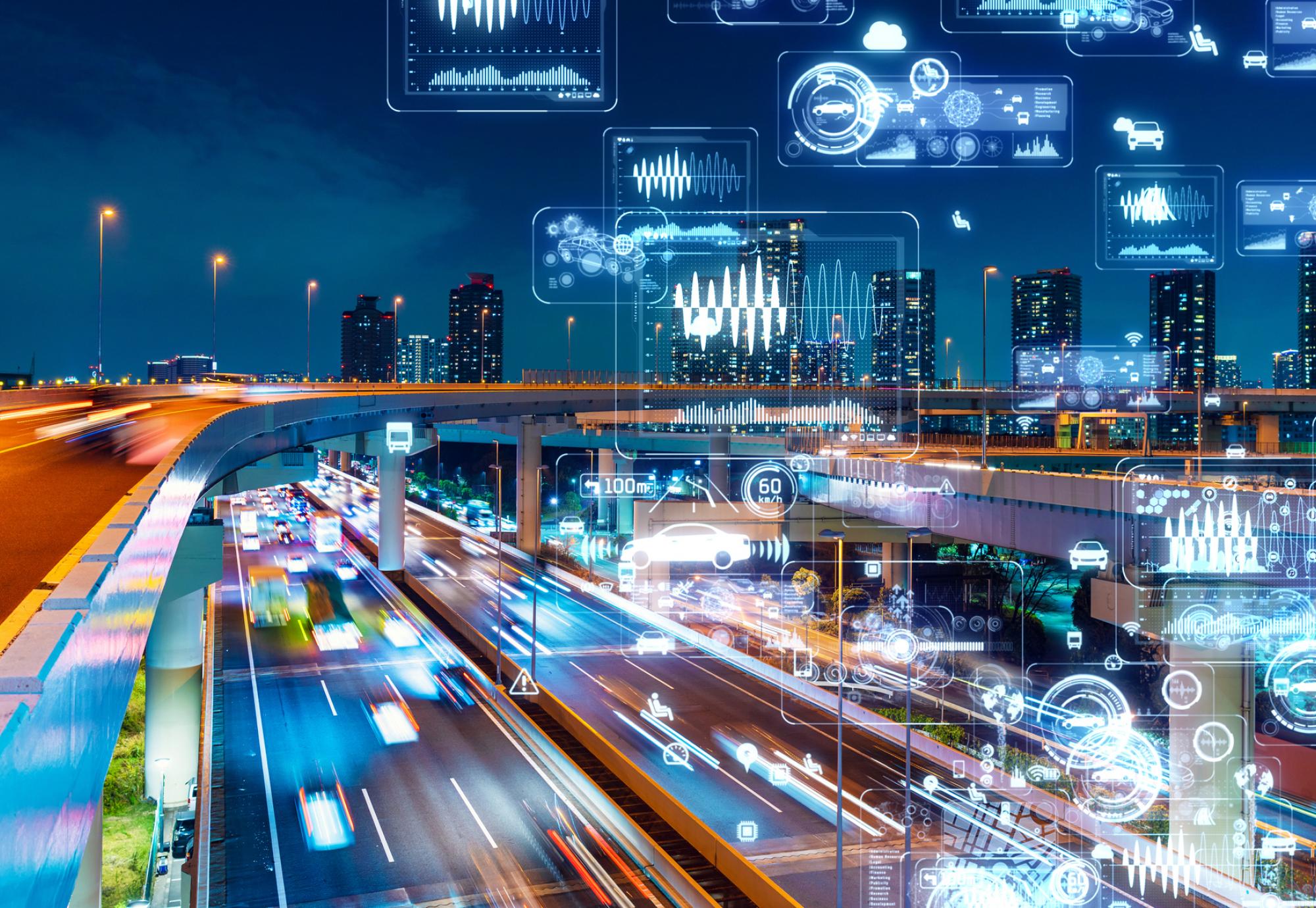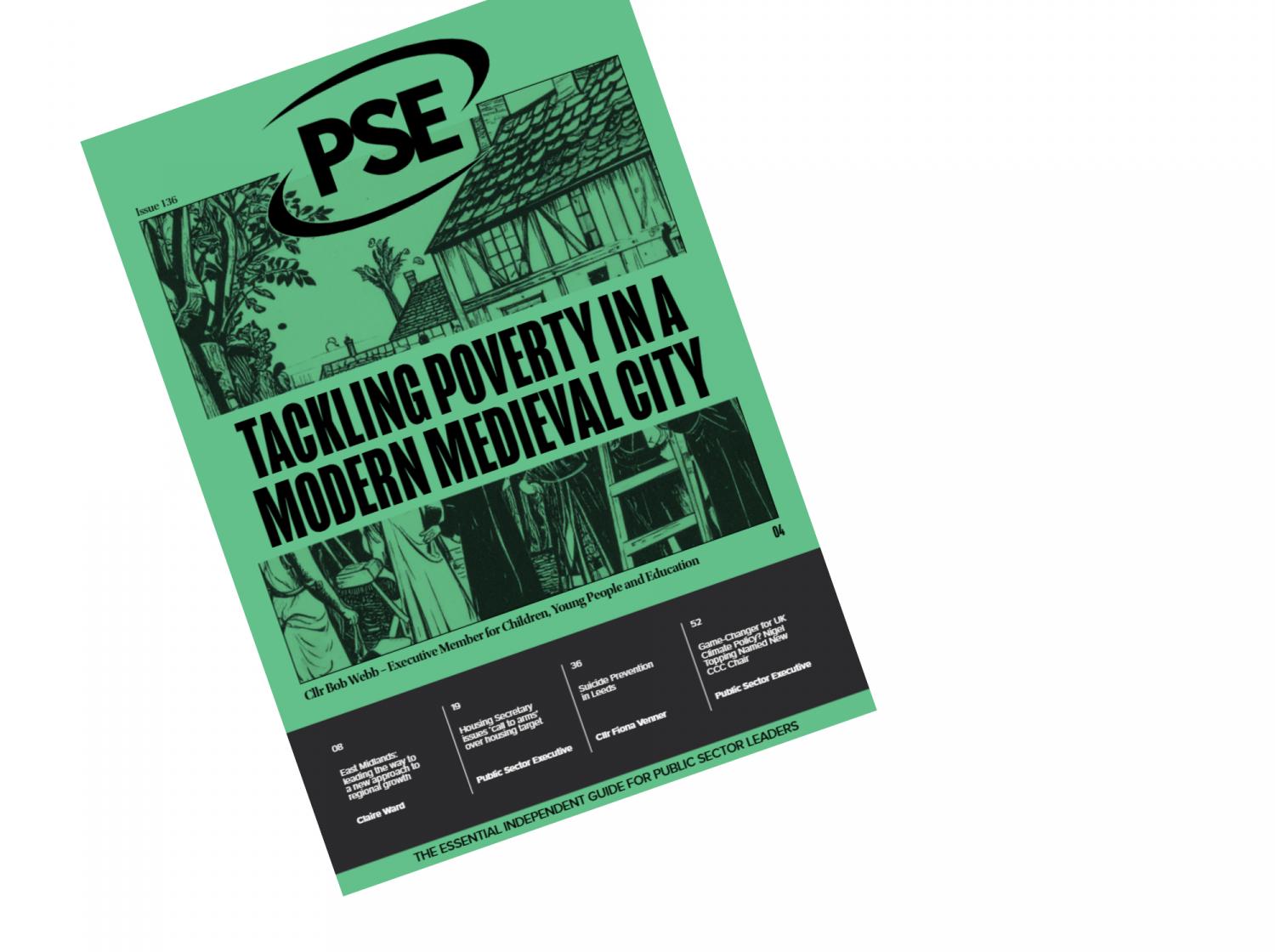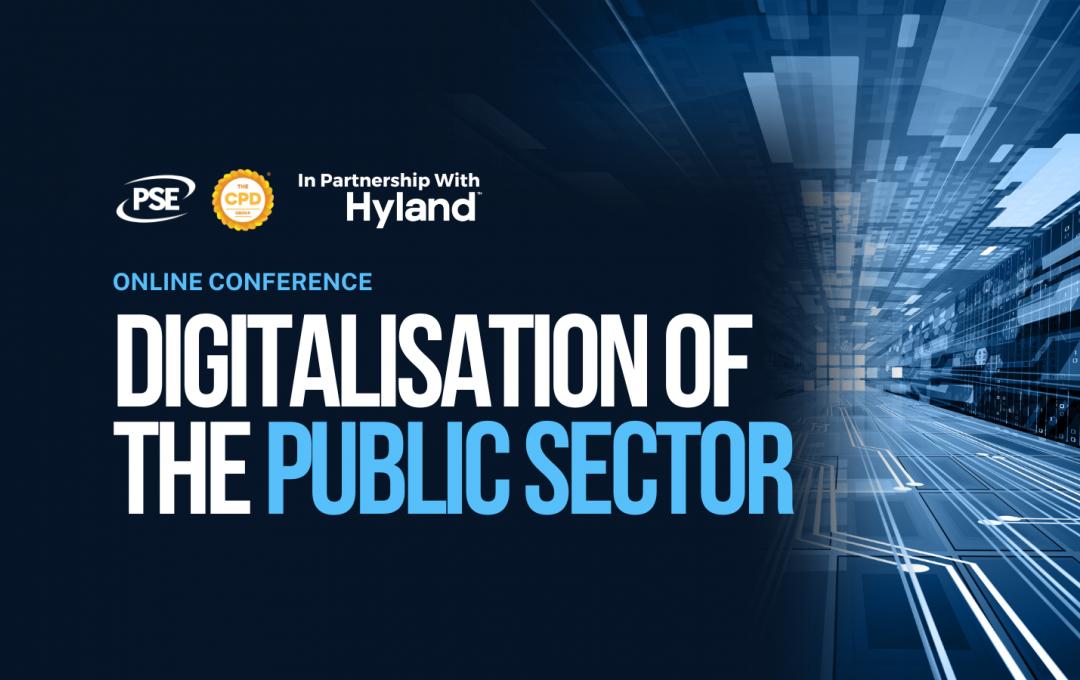Richmond Council is rolling out digital sensors to provide insights into active travel and pedestrian movements.
This is to inform planning to improve the road network and urban environment in order to help make the borough smarter, safer and more sustainable
The council will be working with a UK-based transport artificial intelligence (AI) company, using their AI and Internet of Things (IoT) technology to anonymously monitor a number of things.
Included is the use of cycle infrastructure, pedestrian use of town centres and use of motor vehicles.
Richmond Council said that the Covid-19 pandemic has created a cultural shift in residents’ daily habits, resulting in traffic levels falling dramatically.
This has created a safer environment for people to take their daily exercise or plan essential trips during periods of lockdown.
With a move back towards a ‘new normal’, the council said that the new sensors can help them understand whether residents have permanently shifted habits and how they move around their local areas.
The digital sensors are being implemented as part of the South London Partnership’s InnOvaTe Project, funded by the Strategic Investment Pot (SIP) as part of London Councils’ business rates retention scheme.
The project uses IoT to address challenges in communities and identify opportunities to help people live better, healthier lives and live independently for longer.
Smart sensors are designed to provide accurate data on road and pavement usage in a completely anonymous way and do not collect personal data.
Also, the technology cannot be used to gather any kind of personal data, or be used for enforcement purposes.
Commenting, Chair of Richmond Council’s Transport and Air Quality Committee, Councillor Alexander Ehmann said:
“Recovery from the pandemic gives us the opportunity to step back and look at how we will use our public spaces going forward.
“Early in the pandemic, we quickly made urgent temporary changes to road and pavement space in order to accommodate for active travel and help people to keep their distance.
“These measures have greatly improved the public realm, but as we move into the recovery period, we anticipate that people’s transport habits and the way they use public space will continue to adapt.
“These sensors will give us a granular picture of how traffic levels and transport and pedestrian movements change through the course of a day, week or month.
“Data insights provide the ability to both analyse where to implement changes and evaluate the effectiveness of any schemes that are put in place.
“The intelligence gathered by these sensors can and will inform any plans that both the council and communities have to make our public spaces more accessible, safe and healthy for all users.”
PSE will be hosting a Digital Transformation & Smart Cities event on 14 October. Join us for the full day event by registering here.



















